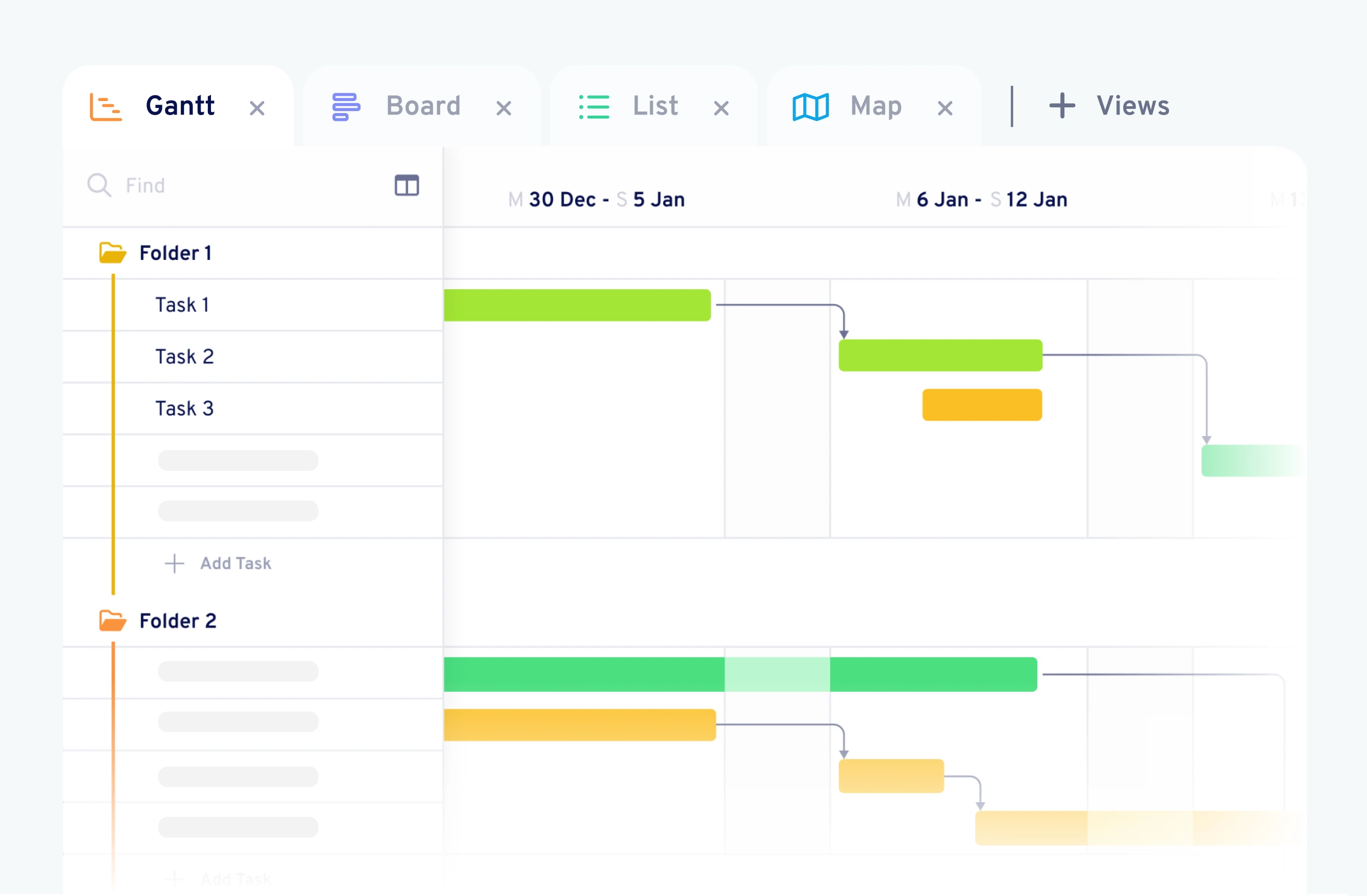What is a Lookahead Plan?
Your guide to short-term construction planning

Why Lookaheads Matter
Planning is one of the most important parts of any construction project. Your master plan or schedule is the compass that sets direction - sometimes spanning years, even decades.
But once the big picture is set, teams need a way to zoom in. That’s where the lookahead plan comes in. It gives everyone clarity on what’s happening in the next few weeks, what’s changing, and what needs to be done to keep work moving.
Different Names, Same Idea
You might already be working with lookaheads under another name, such as:
- LAP
- Make-ready plan
- Short-term plan
- Weekly schedule
- Weekly work plan
- Phase plan
If any of these sound familiar, you’ve already been practicing short-term planning - just under a different label.

So, What Actually Is a Lookahead?
A lookahead plan is a detailed breakdown of your master schedule (sometimes called a phase schedule). Instead of the entire project, it focuses on a rolling window of the near future — typically 3 to 12 weeks.
This level of detail allows teams to prepare tasks, coordinate resources, and manage handovers.
For example: a “column” on a high-level schedule breaks down into tying rebar, formwork, pouring, curing, stripping, and more. Each step involves different trades, crews, and equipment. A lookahead makes sure all those dependencies are understood and planned in detail.
In practice, this helps teams:
- Define what work can (and can’t) be performed as expected.
- Manage change on site.
- Coordinate hand-offs between subcontractors, gangs, and crews.
If you'd like to learn more about the 'how's and why's' of this we recommend reading Accountable for Outcomes: Baking Ownership into Construction.
How Lookaheads Keep Rolling
Lookahead plans are not static.
As the current week’s work is completed, the planning team shifts the window forward by adding another week into the future. This rolling approach ensures that detail is always up to date, while staying aligned with the master schedule.
The ultimate goal? To identify and remove roadblocks before they prevent work from happening.

Why should I care about a lookahead?
You should care about lookahead plans for a whole host of reasons. A big one being they are the main way construction plans are communicated! And, as you know, communication is key to the success of any project.
Lookahead schedules are inextricably linked to the master plan, and every change on them can have a direct impact on the progress of the entire project. For example, the smallest delay on a single activity on site may lead to subcontractors wandering around the field for weeks unable to complete the work that has been assigned to them.
Just like that, construction projects might suffer serious delays opening the door to legal disputes and budget overruns. But with lookaheads, you can drive productivity, identify early issues, and avoid these kinds of delays entirely.
Who makes up a lookahead?
In construction projects, a whole host of roles & individuals contribute to the lookahead. From the teams out on site running what is happening right now, to Project Managers that might only need to check in once a month.
Lookaheads move far and wide constantly, from the very start of a project, right through until the end. This means theres an endless amount of people that might need to use it at any given time.
What makes up a lookahead?
Some of the things that make up a lookahead include:
- Daily labor needs separated by trade; equipment, and materials needed on a particular day
- Detailed requirements of major milestones
- Work items separated on a crew-by-crew basis;
- Material deliveries
- Subcontractor details
- Locations & Work Areas
- So much more!
In Aphex, we've made this as easy & quick as possible to create and update. Dive in by checking us out and creating an account for free.
Overview
Here are some of the most important aspects of a lookahead in construction:
📌 Identifying the tasks that the team will be working on in the next few weeks depending on size and some other project variables.
📌 Understanding what resources you need to perform these tasks, like how many people you’ll need on site to do the work on time.
📌 Identify and resolve roadblocks that will prevent your team getting the job done, like materials needed, design information, equipment and more.
Remember: It is crucial for any project to understand the plan ahead, prepare for it, coordinate efforts with your teams and communicate as much as they can along the way!



